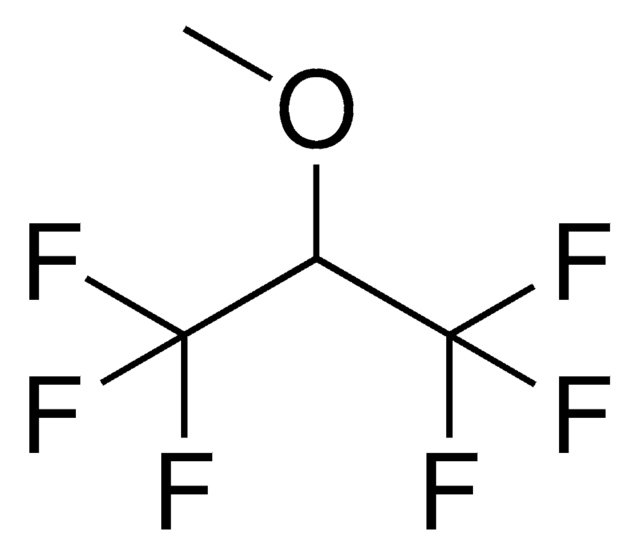934011
Bis(2,2,2-trifluoroethyl) carbonate
≥99%, anhydrous, battery grade
Sinónimos:
BTC, BTFC, Bistrifluoroethyl carbonate, Carbonic Acid Bis(2,2,2-trifluoroethyl) Ester, Carbonic Acid;2,2,2-trifluoroethanol, DFDEC, TFEC
About This Item
Productos recomendados
grade
battery grade
Quality Level
description
Application: Battery manufacturing
assay
≥99%
form
liquid
greener alternative product characteristics
Design for Energy Efficiency
Learn more about the Principles of Green Chemistry.
sustainability
Greener Alternative Product
impurities
≤100 ppm H2O
≤250 ppm HF
bp
118 °C
density
1.51 g/mL
application(s)
battery manufacturing
greener alternative category
General description
Application
related product
signalword
Warning
hcodes
Hazard Classifications
Eye Irrit. 2 - Flam. Liq. 3 - Skin Irrit. 2
Storage Class
3 - Flammable liquids
wgk_germany
WGK 3
flash_point_f
84.2 °F
flash_point_c
29 °C
Certificados de análisis (COA)
Busque Certificados de análisis (COA) introduciendo el número de lote del producto. Los números de lote se encuentran en la etiqueta del producto después de las palabras «Lot» o «Batch»
¿Ya tiene este producto?
Encuentre la documentación para los productos que ha comprado recientemente en la Biblioteca de documentos.
Nuestro equipo de científicos tiene experiencia en todas las áreas de investigación: Ciencias de la vida, Ciencia de los materiales, Síntesis química, Cromatografía, Analítica y muchas otras.
Póngase en contacto con el Servicio técnico










